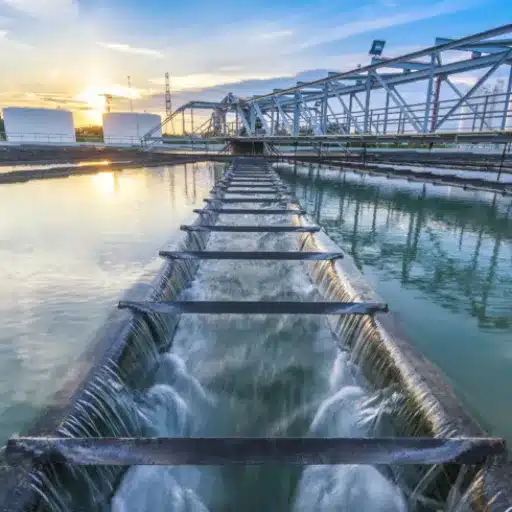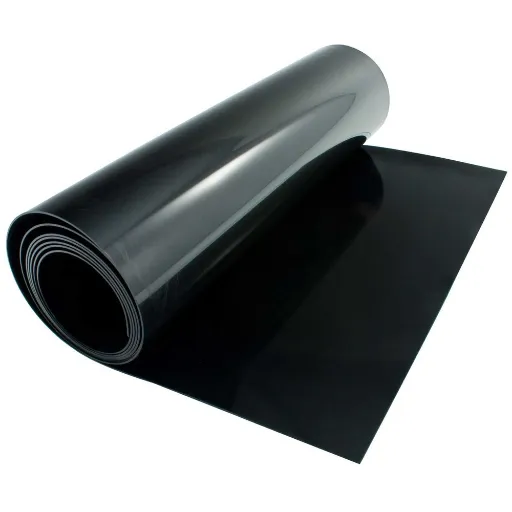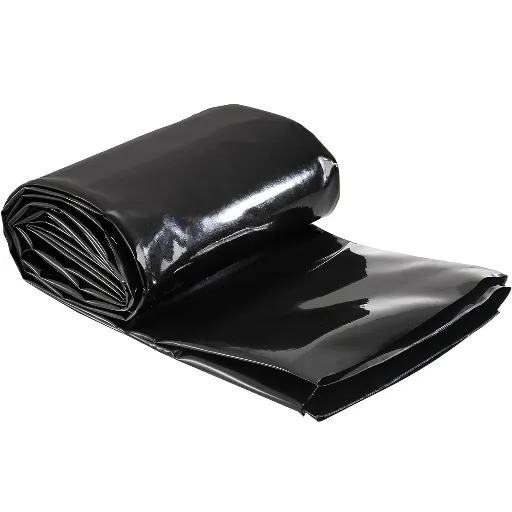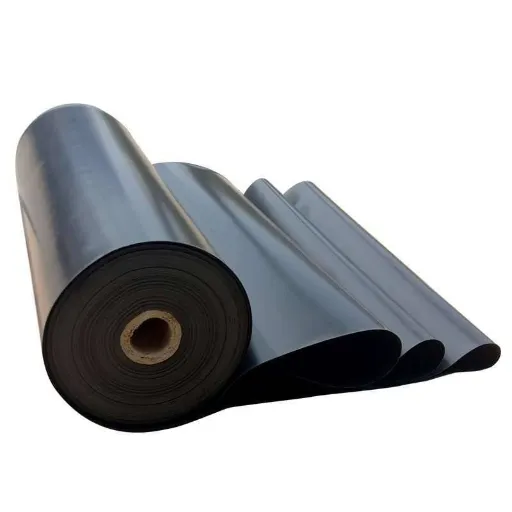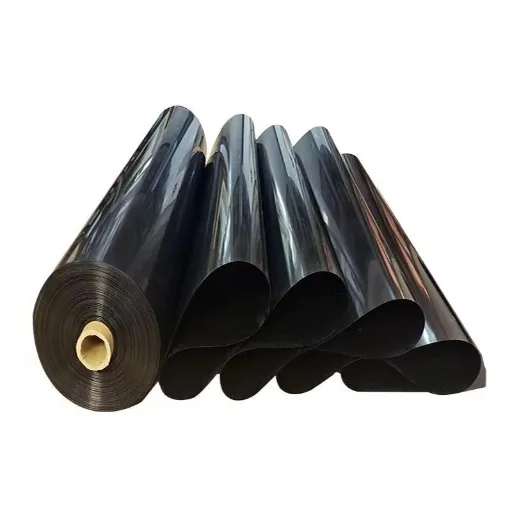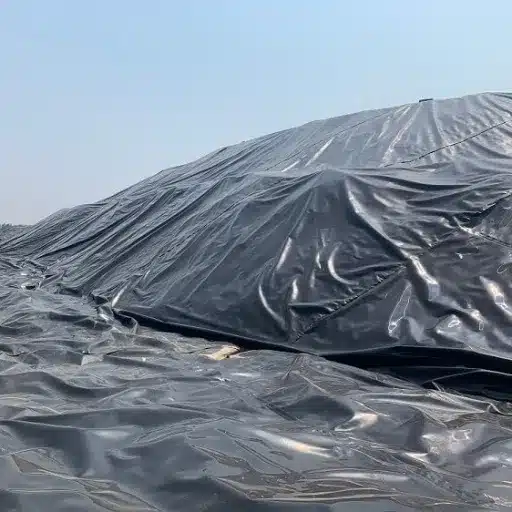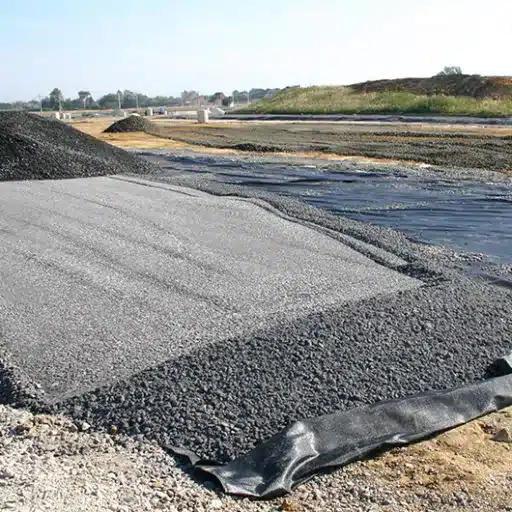The pollution of leachate from landfill sites by waste management is currently one of the most acute environmental challenges confronting this industry. This highly contaminated liquid, when leachate waters from waste materials, may add to risks in soil, water, and ecosystems if left untreated. With the tightening of legislations and the growing emphasis on sustainable solutions, leachate treatment needs to be found through an effective and reliable means. This article discusses the most advanced landfill leachate treatment measures and the innovative solutions available to provide facility managers and environmental professionals with useful information on how to address this pressing concern. There will be a future in which the latest technologies and sustainable processes will be given importance in managing leachate!
What is Landfill Leachate?
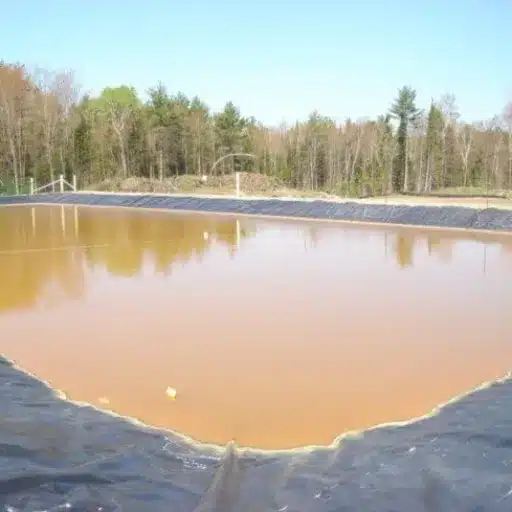
When water percolates through waste in a landfill site, the process dissolves soluble materials, chemicals, and contaminants of the waste, creating a highly polluted liquid. Usually, the leachate contains organics and inorganics, and also heavy metals, ammonia, pathogens, and other possible hazardous materials. If unaddressed, it becomes a serious environmental concern.
Key Statistics
- COD Range: 2,000-30,000 mg/L according to EPA reports
- Ammonia Concentrations: Can exceed 200 mg/L in some cases
- Environmental Impact: Adversely affects groundwater and surrounding ecosystems
The composition of the landfill leachate varies according to the types of wastes dumped, the age of the landfill, and the environmental conditions prevailing in the area. In the standard landfill operations, leachate may be collected from the landfills via storing, drainage layers, and liner systems, among others. Due to an increase in the footprint of the landfills and increasing complexity in the waste streams, this traditional manner of controlling may no longer be able to cope with the problem on its own anymore. Therefore, increasingly innovative leachate treatment technologies must be sought to tackle the mounting environmental issues caused by landfills.
Importance of Treating Landfill Leachate
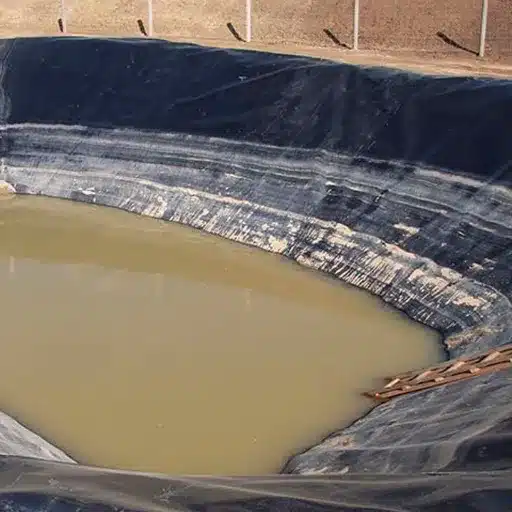
Proper treatment of landfill leachate is deemed essential to mitigate adverse environmental and public health impacts. It contains harmful substances such as heavy metals, ammonia, organic pollutants, and various hazardous chemicals which would pollute the soil and water systems.
Environmental Impact Statistics
- Groundwater Pollution: Untreated leachate contributes to 45% of groundwater pollution near landfill sites
- Ammonia Detection: Almost 70% of ammonia detected in water bodies close to landfills originates from leachate
- Treatment Efficiency: Reverse osmosis can remove up to 99% dissolved solids and contaminants
The increasing complexity of leachate compositions has necessitated the existence of advanced treatment systems such as reverse osmosis, biological reactors, and advanced oxidation processes. With the integration of these innovations, the risk posed by any long-term environmental hazards will be mitigated, also promoting sustainable waste management worldwide. Ultimately, by treating landfill leachate well, natural resources, public health, and biodiversity will be preserved, along with further objectives for environmental conservation.
Landfills Leachate Characteristics
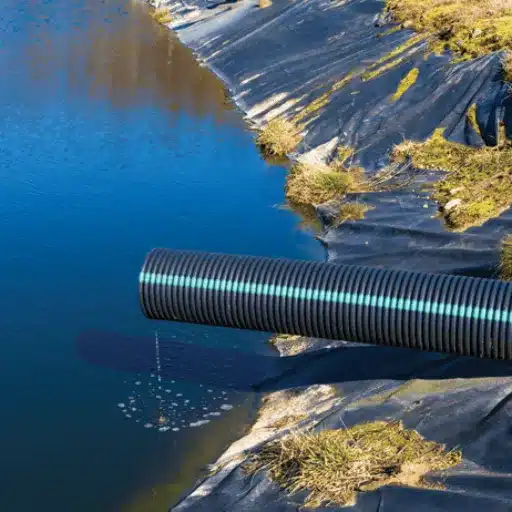
Leachate is a solution produced when infiltrating water interacts with the solid wastes of a landfill. Typically, the leachate contains various contaminated organic and inorganic substances, including heavy metals. The chemical nature of its containments also depends on the influencing parameters: landfill age, landfill deposition method, rainfall, temperature, and so on.
Physical-Chemical Properties of Leachate
Landfill leachate contains chemicals with high concentrations of organic and inorganic pollutants. Common parameters for characterizing its chemical nature include the following:
| Parameter | Typical Range | Description |
|---|---|---|
| BOD (Biochemical Oxygen Demand) | 2,000-30,000 mg/L | Indicator of biodegradable organic matter in fresh landfills |
| COD (Chemical Oxygen Demand) | 3,000-60,000 mg/L | Shows total amount of oxidizable organic and inorganic matter |
| Ammoniacal Nitrogen (NH3-N) | 200-4,000 mg/L | Comes from protein decomposition, present in high concentrations |
| Heavy Metals | Variable | Chromium, cadmium, lead, nickel from industrial/electronic waste |
| pH | 4.5-9 | Can be acidic or alkaline depending on waste composition |
| Chloride | 500-7,000 mg/L | Concentration depends on salts from landfill wastes |
Variability in Leachate Composition
The leachate composition is highly variable and is conditioned by factors such as landfill age, climatic and environmental conditions, type of waste deposited, and landfill-related practices. Young landfills produce leachate rich in biodegradable organic matter as indicated by high Biological Oxygen Demand (BOD) and Chemical Oxygen Demand (COD) values. Older landfills have lower levels of BOD and COD but high levels of ammonia nitrogen because some nitrogen compounds slowly degrade into ammonia nitrogen over time.
Age-Related Composition Changes
- Young Landfills: BOD/COD ratio between 0.4 and 0.7 (significant biodegradability)
- Older Landfills: BOD/COD ratio below 0.1 (dominance of non-biodegradable substances)
- Aged Leachate: Ammonia levels may exceed 2,000 mg/L
Precipitation weather phenomena dilute or concentrate leachate. For instance, there is a negative correlation between rainfall and concentration in leachate in a humid region as dilution occurs, whereas this relationship may reverse in an arid region. The presence of heavy metals (such as cadmium, chromium, and lead), volatile organic compounds (VOCs), and emerging pollutants like PFAS (per- and polyfluoroalkyl substances) would further complicate the treatment.
Landfill Leachate Treatment Methods
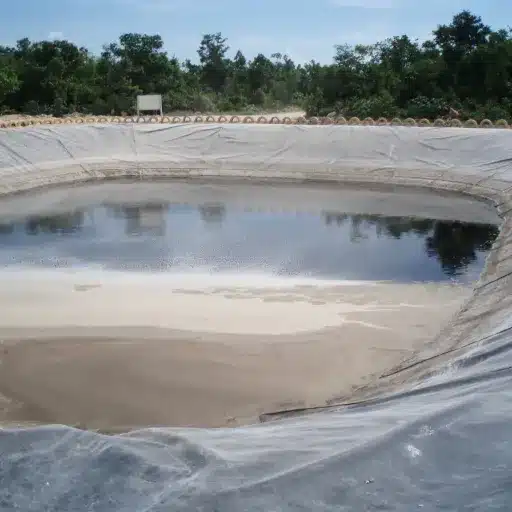
Successful landfill leachate treatment must be unique to the sizeable leachate characterization being undertaken. Agro-industrialized treatment plants greatly earn adaptability matched with sustainability-oriented treatment solutions.
Physical Treatment Processes
Physical treatment for landfill leachate aims primarily at the mechanical and physical separation of suspended solids, oils, and large particles. Thus, these processes always precede or augment chemical or biochemical processes downstream.
Screening & Filtration
- Coarse filters and mechanical screens remove floating debris
- Sand filtration for solid-liquid separation
- Microfiltration for fine particulates and colloidal matter
- Efficiency: 95% turbidity reduction, 90%+ suspended solids removal
Sedimentation
- Gravity-based separation in tanks and clarifiers
- Suspended solids settle at bottom
- Efficiency: 30-50% total suspended solids removal
Air Flotation
- Dissolved air flotation (DAF) systems
- Removes oils, greases, and finely suspended particles
- Efficiency: 70-90% pollutant component removal
Chemical Treatment Approaches
Chemical treatment methods form a crux of a treatment method in leachates, acting against contaminants really difficult to remove by physical processes. Thus their processes mainly include a chemical reaction that alters or neutralizes hazardous substances in the leachate.
Key Chemical Treatment Methods
Coagulation and Flocculation
Addition of coagulants such as aluminum sulfate or ferric chloride destabilizes suspended particles, forming larger agglomerates (flocs) for easy removal. Efficiency: Up to 80% reduction in suspended solids and COD levels with advanced coagulants combined with polymers.
Chemical Precipitation
Common treatment for heavy metals concentration reduction using chemicals like lime or sodium hydroxide to precipitate metals as insoluble hydroxides or carbonates. Efficiency: 90%+ removal rates for selected metals like nickel and lead according to EPA standards.
New Technologies Used in Landfill Leachate Treatment
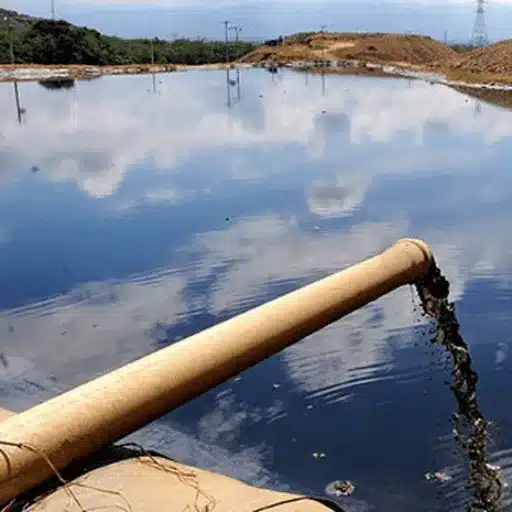
Landfill leachate treatment has changed significantly through time with the advent of innovative technologies that attend environmental issues and ensure maximum agent efficacy.
Membrane Technologies
- Reverse Osmosis: >99% removal efficiency for wide range of pollutants
- Nanofiltration: High removal rates for contaminants
- Applications: Heavy metals, ammonia, and organic matter removal
- Benefit: Essential for stringent effluent regulation compliance
Advanced Oxidation Processes (AOPs)
- Methods: Fenton, ozonation, and photocatalysis
- Function: Use reactive oxidants to attack persistent organic pollutants
- Efficiency: Up to 95% COD reduction when combined with pre-treatment
- Result: Safer discharge of treated waters
Anaerobic Digestion
- Benefits: Reduces pollution parameters and produces biogas
- Energy Generation: Biogas can be harnessed for power
- Innovation: Hybrid anaerobic reactors increase biogas production by 20%
- Impact: Enhanced environmental and economic benefits
Recent Advancements in Leachate Treatment
Advancements concerning real-time monitoring, automation, and sensor technologies have considerably improved leachate treatment. These technologies precisely dose chemicals into the system, thereby minimizing wastage; treatment costs are thus kept affordable while meeting strict environmental regulations.
Case Studies and Success Stories
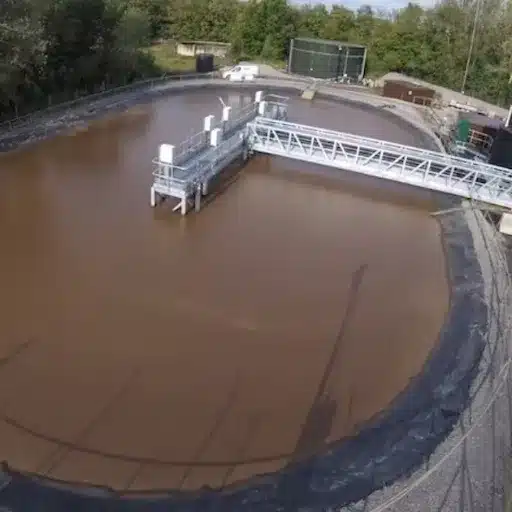
AI-Based Leachate Treatment at XYZ Facility
Location: United States
Key Achievements:
- 15% reduction in chemical usage through predictive analytics
- Improved treated water quality and uniformity
- 25% reduction in operational downtimes
- Real-time monitoring and adaptive control software
- Enhanced economic competitiveness while meeting environmental regulations
Machine Learning in Waste Management in Europe
Location: Germany
Key Achievements:
- 90%+ accuracy in identifying peak pollutant loads
- 18% reduction in energy usage
- 95% level pollutant removal achievement
- AI model trained with years of operational data
- Became benchmark for other European facilities
Challenges in Landfill Leachate Treatment
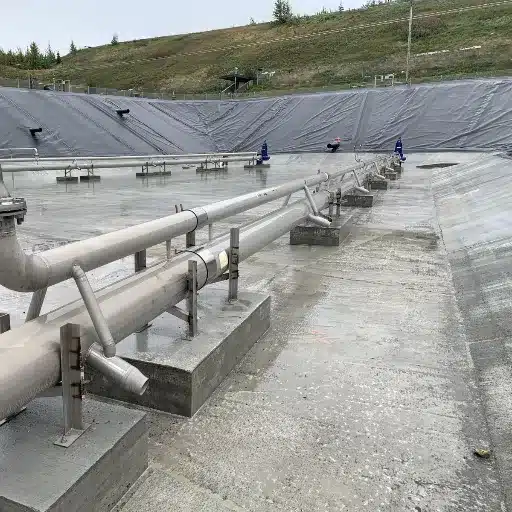
The major challenge in landfill leachate treatment pertains to managing the variability in leachate composition. Factors such as landfill age, waste types, and seasonal variation potentially impact treatment processes in a significant manner. Other concerns persist as environmental regulations become stringent, and treatment remains cost-efficient with this balancing act. Meeting such a tight rope act calls for the best innovative technologies, continuous monitoring, and some adaptive strategies that would together maximize performance.
Technical and Operational Challenges
Key Technical Challenges
- Variable Composition: Ammonia concentrations may vary from 50 to above 5,000 mg/L
- Complex Contaminants: PFAS, heavy metals, organic contaminants require advanced treatment
- Energy Intensity: MBR systems consume 0.5-1.0 kWh per m³ of treated leachate
- Maintenance Issues: Membrane fouling increases downtime and operating costs
Landfill leachate treatment is highly challenging, technically and operationally, because of its variable composition and complicated nature. The chemical composition of leachate typically comprises, among others, ammonia, heavy metals, organic contaminants, and persistent chemicals such as PFAS (Per- and polyfluoroalkyl substances), whose stringent regulatory standards require advanced levels of treatment.
Regulatory and Compliance Challenges
Pollutant management and compliance navigate through a regulatory landscape that presents its very own set of challenges. Recent stricter environmental regulations, such as the Clean Water Act in the United States and the Water Framework Directive in the European Union, have set stringent levels for pollutants in wastewater discharge in the attempt to constrain contaminations from exceeding a level deleterious to the ecosystem and to human health.
Regulatory Landscape 2023
- PFAS Limits: EPA proposed limits below 4 parts per trillion for PFOA and PFOS
- Global Investment: Expected $500 billion annually by 2030 for water management
- Compliance Costs: Industries investing in advanced filtration and monitoring systems
- International Variations: Different regulations across countries create operational challenges
Reference Sources
-
Frontiers in Environmental Science
- Article: A comprehensive review of landfill leachate treatment
- This source explores the environmental impact, treatment technologies, and regulatory aspects of landfill leachate treatment.
- Read more here.
-
ScienceDirect – Emerging Contaminants in Landfills
- Article: Non-target screening of emerging contaminants in landfills
- This study discusses the composition of landfill leachate and its classification based on waste age, providing insights into treatment challenges and solutions.
- Read more here.
-
ScienceDirect – Survey on Leachate Treatment Experiences
- Article: A survey on experiences in leachate treatment
- This review highlights the necessity of landfill leachate treatment to reduce environmental impacts and shares experiences with various treatment methods.
- Read more here.
Frequently Asked Questions (FAQs)
What are the characteristics of landfill leachate?
The characteristics of landfill leachate have a wide range of variability depending on the landfill’s age, waste composition, and environmental conditions. In general, leachate from the landfill is characterized by high levels of biologics, ammonia, heavy metals, and other hazardous constituents. It is essential to understand these properties in order to choose the best suitable treatment methods.
What are the treatment methods available for landfill leachate?
Treatment methods for landfill leachate can be categorized into four main groups: biological treatment, chemical treatment, physical treatment, and advanced oxidation processes. Each one possesses advantages and is applied depending on the leachate composition and the contaminants that need removal. Most often, more than one technique is combined to effectually manage the leachate.
Is landfill leachate treatment a threat to the wastewater treatment plant?
Yes, landfill leachate treatment is a threat to the municipal wastewater treatment plant because leachate has very high strength contaminants that overwhelm the treatment capacity of the plants. Therefore, pre-treatment of landfill leachate becomes necessary before entrance into a wastewater treatment land to ensure meeting discharge standards.
What are the advanced technologies used for treatment of landfill leachate?
Advanced technology for the treatment of landfill leachate includes membrane filtration, reverse osmosis, and advanced oxidation processes. These processes have the advantage of effectively treating a number of contaminants and could be adapted to fit into an existing treatment plant or they could even be developed as standalone treatment systems.
What is the importance of landfill leachate management?
Landfill leachate management is one of the effective ways to minimize its environmental impact and also keep the environment in conformity with environmental codes. The whole process involves the periodic monitoring of leachate composition, selection of a suitable treatment method, and formulation of strategy for leachate disposal or leachate reuse, thus protecting public health and the environment.

